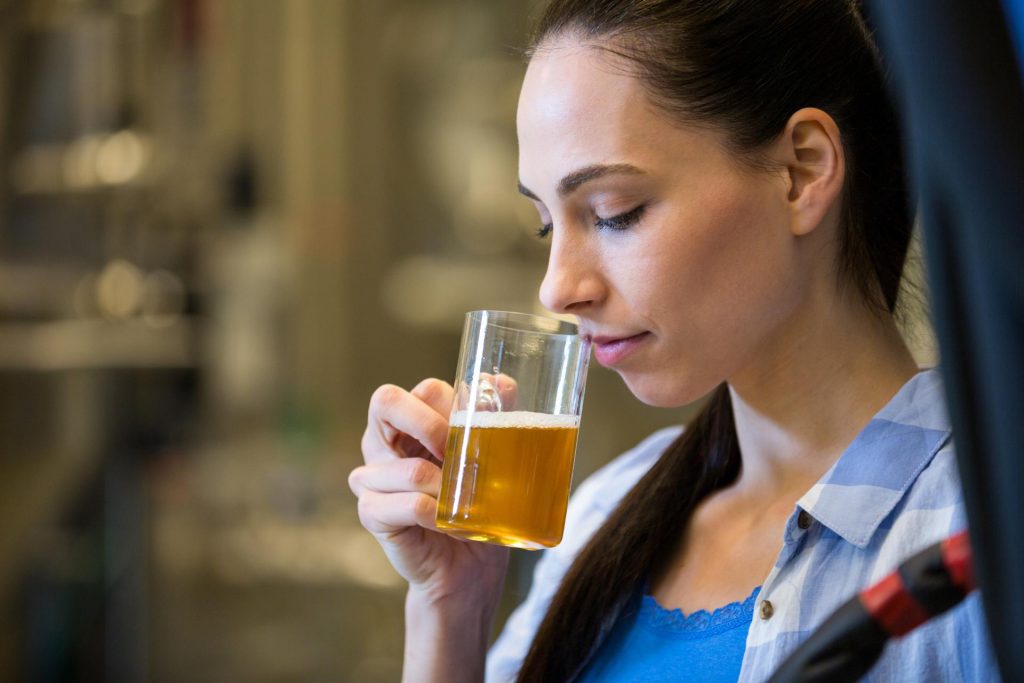What Are Some of the Most Common Sensory Testing Methodologies?


Sensory testing plays a vital role in the development of food products. It helps ensure that products are appealing to consumers and that they contain many of the traits of current market leaders.
There are many different sensory testing methodologies available to test the sensory differences between products, each with its own advantages and disadvantages. However, three principal sensory tests are commonly used in the food industry to better understand product differences. Below is an overview of each of these sensory difference testing methodologies.
Undoubtedly one of the most prevalent sensory difference tests, the paired comparison test, is used to indicate which of the two samples has more of an attribute.
This test is the most straightforward and quick to administer, which is why it is so popular. It is, however, limited in that it can only compare two products at a time, and it doesn’t provide a measurement of the degree to which one product is preferred over the other.
Triangle tests determine whether detectable sensory differences exist between two products. These tests are most commonly used for reformulated products when brands want to understand whether the new product is significantly different from the old one.
The triangle test involves presenting subjects with three products, two of which are identical and one which is different. The subjects are then asked to identify the odd-one-out.
If the subjects can correctly identify the different products more than would be expected by chance, then it can be concluded that there are detectable sensory differences between the two products.
One of the reasons the triangle test is preferred to other options, such as the paired comparison test, is that it’s more statistically significant, as there is less probability of choosing a correct result by simply hazarding a guess.
Another popular choice for sensory difference testing is the duo-trio test. Using this methodology, a tester is asked to identify which of any given samples are identical to a given reference sample.
Not only is the test easily carried out and understood, but it’s particularly well suited to testing how ingredient changes, process changes, and different packaging materials affect the taste, smell, or texture of a product.
This test is often used as a follow-up to the triangle test to help understand which specific attributes are responsible for product differences.
When choosing a sensory testing methodology, it is essential to consider the objectives of the test and the type of product being tested. Each of the methodologies listed above has its own strengths, statistical significance, and suitability parameters, so it is vital to select the best suited for the particular product and situation.
At Wirral Sensory Services, we have a team of sensory experts who can advise you on the best testing methodology for your needs. We offer various services, from product optimisation and concept testing to sensory research and in-home use tests, for many leading brands and businesses in the food and beverage industry.
For more information or to discuss your sensory research requirements, please get in touch with us today.